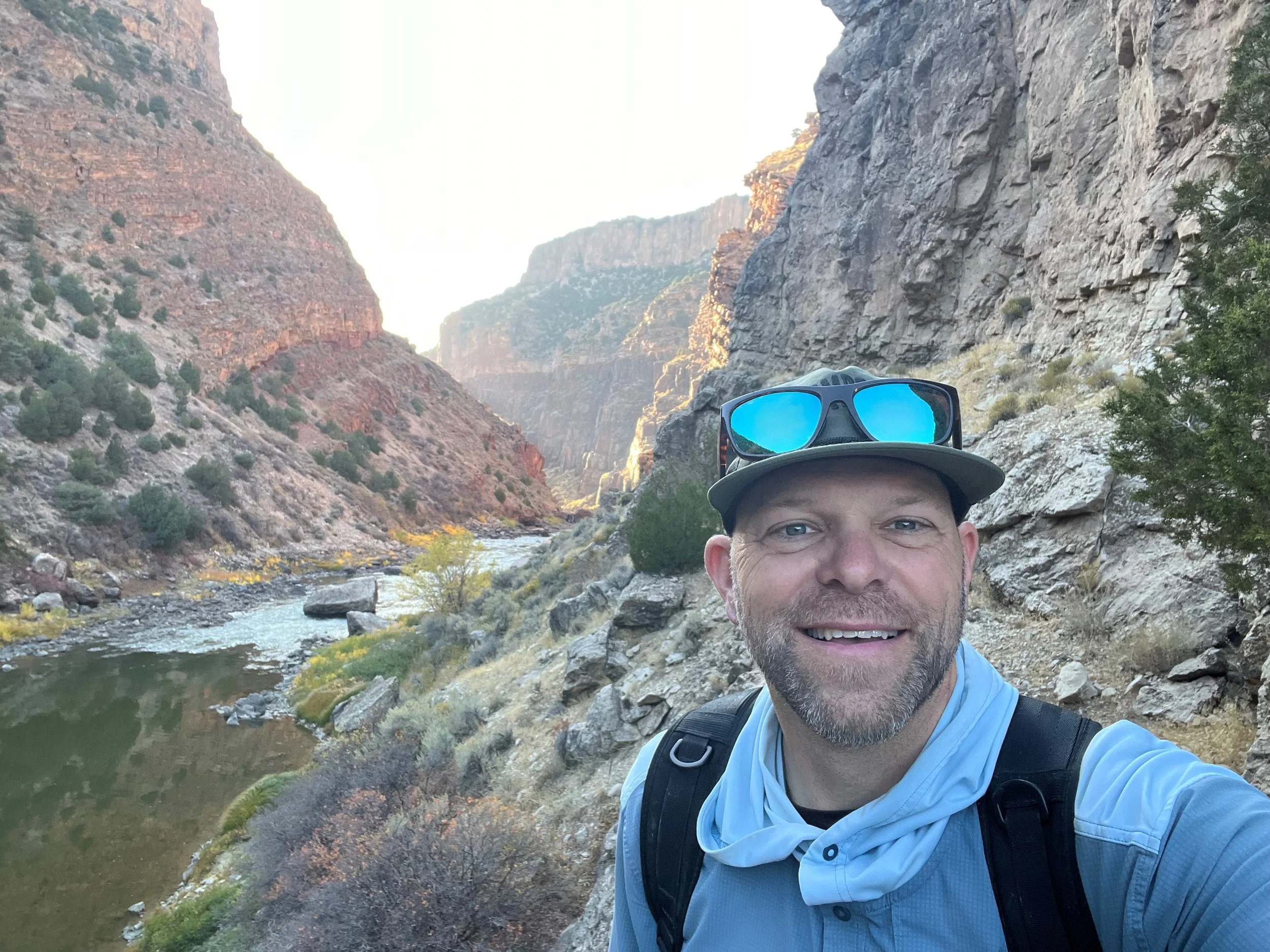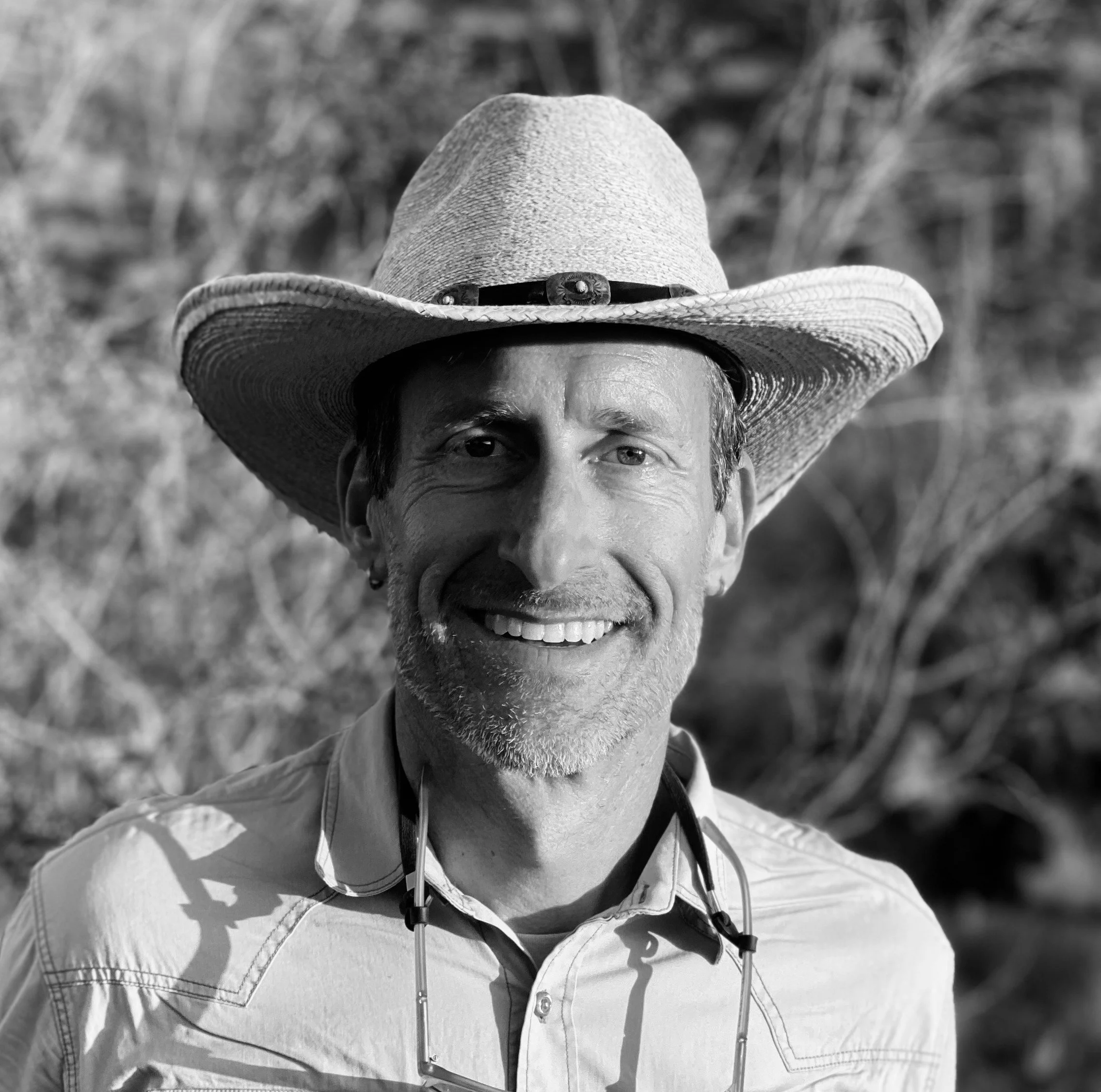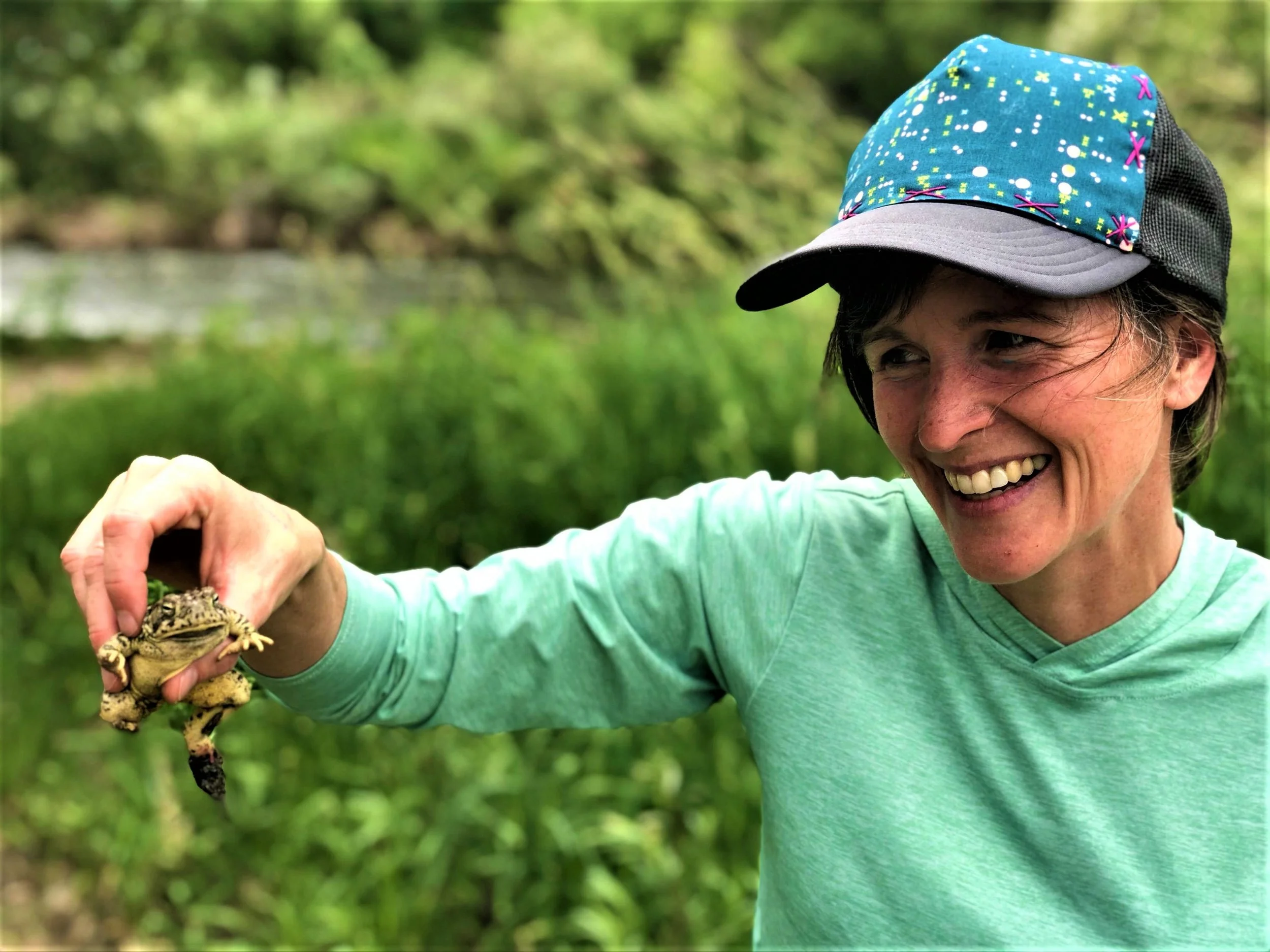Session 4: Beyond Water
〰️
Session 4: Beyond Water 〰️
-
As river restoration philosophies evolve, so do design methodology and implementation. However, one thing remains constant. Projects are applied on a small scale with a patchwork, “one and done” approach that leads to fragmented areas of improved habitat that may not fully address altered processes. This approach is often driven by short-term funding and permitting structures. As a group, we need to identify opportunities to bring together funders, permitting agencies, researchers, project managers, and consultants to move towards adaptively managed, large-scale, process-based restoration projects to truly make a difference in our highly altered rivers.
In this talk, we will look at a restoration project on the Colorado River at Kemp Breeze State Wildlife Area and discuss the limitations of the small-scale approach to truly restoring altered processes. Followed by a conceptual example of how a large-scale sediment and wood augmentation approach to restoration in the Upper Colorado River Basin, if done in tandem with more traditional small-scale projects like Kemp Breeze, could move the needle farther to restoring broken processes while fostering greater collaboration between the groups that are researching, managing, and designing our rivers.
-
Johannes is a River Scientist/Designer with 16 years of experience as a project manager and technical lead on various projects involving: river restoration design, watershed and geomorphic assessments, hydrologic and hydraulic analyses and modeling, biologic and ecologic assessments, and water quality investigations. His passion for seeing rivers move and adjust freely through time as needed has led him to promote designs considered geomorphically stable that do not armor the river in place but rather allow for future disturbance. The use of large wood structures, offset protection where needed, and floodplain connection through benching, overflow channels, or simulated beaver structures (SBSs) are key components to creating a process-based design that increases river health and function. As an avid fly-fisher Johannes has spent most of his life wandering rivers and attributes a lot of his keen understanding of river systems to this time spent on different waters around the world. In his free time Johannes enjoys spending time outdoors with his family, tying flies in hand, and collecting/working on old English bicycles.
-
Southwestern Colorado is experiencing decreased snowpack, earlier snowmelt and increased wildfire, leading the Colorado Water Plan to identify wildfire mitigation as crucial to thriving watersheds. As over 70% of our water originates as snow in forested mountains, an urgent need exists to adjust forestry to incorporate interdisciplinary knowledge, including hydrology.
Dolores Watersheds Collaborative, Mountain Studies Institute, USDA SW Watershed Research Center, Dolores Water Conservancy District, The Nature Conservancy, and San Juan National Forest have been building and studying a network of forest-snow monitoring stations, called Snowtography sites. These sites span gradients of elevation, forest type, canopy cover, and spatial arrangement of post-treatment canopy in the San Juan Mountains.
In 2025, the Colorado Strategic Wildfire Action Program, Colorado Water Conservation Board, Gates Family Foundation and The Nature Conservancy awarded funding to leverage three years of Snowtography data to generate high-resolution, localized ecohydrologic SnowPALM models in the upper Dolores Watershed. We will apply the models to collaboratively develop and implement experimental forest thinning treatments in ponderosa pine forests and monitor the effects of these treatments on snowpack, snowmelt timing and soil moisture. We will also develop a higher elevation forest hydrologic model to predict snowmelt timing for improved prediction of streamflow in spruce-fir forests. Pending funding, we will incorporate soil good web monitoring as well. This project represents one of the first efforts to apply locally-informed modeling to design and implement forest treatments that delay snowmelt to enhance soil moisture, fuels moisture, and summer low flows.
-
Nina combines her background in plant ecology, land conservation, non-profit development and agriculture to nurture community well-being through watershed, forest and soil resilience. She serves as Applied Snowtography Collaborative Lead and Project Manager.
-
Dr. Jake Kurzweil is a research hydrologist whose research looks to create resilient forest and water supplies. His work focuses on understanding how forest, stream, and wetland restoration impacts hydrologic function and partitioning through snow hydrology, field hydrology, remote sensing, and ecohydrological studies. Based in Silverton Colorado, Jake’s work has a strong focus on the San Juan Mountains and watersheds.
-
Joel works to understand the impacts of climate and land use changes on watershed services and to develop new tools for sustainable watershed and forest management. Joel is the Snowtography Science Lead, serving as lead modeler.
-
What does it take to implement and sustain an approachable, repeatable river health monitoring program? The Cache la Poudre River (Poudre River) offers a test case for river health monitoring in the face of major changes like fires, floods, and water development. Poudre River partners in Northern Colorado are rounding out a decade of using the River Health Assessment Framework (RHAF) this year. Since 2015, the RHAF has been used by entities across the watershed to assess the physical, chemical, and biological properties of the river. Its adaptability has led to its use in restoration prioritization, pre- and post-project monitoring, and looking at large-scale changes across the 125 river miles. In this presentation, the Coalition for the Poudre River Watershed, the City of Fort Collins, and its partners (Ayres, ICON, and Otak) will provide insights into the following topics:
• adapting RHAF methodology to different scales and applications
• sampling 126 miles of the Poudre River in summer 2025
• comparing data sets over time
-
Bernadette Kuhn is a Project Manager/Senior Environmental Planner at the City of Fort CollinsNatural Areas. She manages large-scale river restoration projects and is a contributing author for the Poudre River Health Assessment Framework, Colorado’s State Wildlife Action Plan, and the BLM Climate Change Vulnerability Assessment. She earned her Bachelor’s degree in Environmental Science from the University of Kansas (Rock Chalk Jayhawk!), and her Master’s degree in Botany & Vegetation Ecology from the University of Wyoming.





